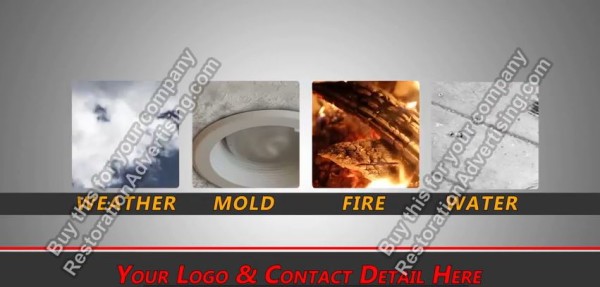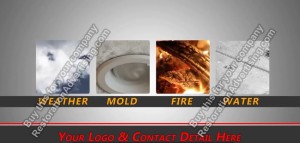No matter any organization’s size, we only have so much time and resources to operate a business. Most people agree that an effective website and web presence could make the difference between growth and stagnation, a sale or losing a lead or opportunity to a better-positioned competitor. It could impact future growth to the point to be the difference between survival and going out of business.
My Elusive Search for Ranking “Video Production in Jacksonville Florida”
AI and our ability to have conversations with bots to get more succinct and detailed information has already changed the SEO landscape in very profound ways which at the moment are hard to measure. That said, I am still operating my website under the premise that these bots are still using under the hood using some form of the search algorithm that we became so accustomed to.
Focus on search terms that will convert!
If a person in the Jacksonville area types in “Jacksonville video production”, “video production in Jacksonville”, or “Video production services Jacksonville” or something close to that effect, I would like to be found on the first page. Even though I have global clients I edit videos and provide 3D animations for, this is just a local challenge for me. The reason I will find this beneficial as a video producer is that it will enable me to work more closely with local businesses for on-site video shoots. I have helped remotely direct shoots but it’s not the same as being hands-on and on site. Also, closer proximity means being more accessible and available to local clients which can strengthen business relationships.
Search engines want businesses to not worry about their algorithms
Over the years I have learned a lot about digital marketing, content strategy, SEO (search engine optimization) and CRO (conversion rate optimization). Something I had suspected about content strategy that I believe has been confirmed not only by paid consultants but from my own experience is that businesses should not focus too heavily on SEO and conforming to every little detail. The act of being found in improving your web presence comes down to the quality of your content. Videos are by far the most effective web content with the most proven impact.
Google definitely is the leader in search right now, so taking their advice is paramount to becoming successful. One of the national leaders in search engine optimization and speaker at many Google Next events as a consultant repeatedly states that search engines do not want companies to focus heavily on SEO. Search engines do not want to get in the way so they recommend focusing on creating useful content that will be valuable to your organization and web visitors. Search engines recognize that being transparent will likely encourage more organic and natural content as opposed to influencing content creators to artificially “hack” the search engines ranking systems.
Content is king… still
It’s all about content and quality content is king! It is possible to be over optimized which also partly weighs towards your overall SEO performance which can affect your search page rankings. There are two reasons for this, one is an obsessive focus on SEO diverts resources from improving your website and making quality content. The other reason is that search engines are suspicious of companies with pristine SEO scores.
There is a real opportunity cost diverting your time, talent and resources massaging your content through SEO.
Do not fall into a profile where the search engines may subject you to higher standards and scrutiny. You don’t want your web reputation to fall into the spam and click farm crowd, I have seen this happen. I have also seen a well seasoned website fall and never recover once it is flagged as low quality or spam.
Dedicate no more than 10% towards SEO efforts
There is a real opportunity cost diverting your time, talent and resources massaging your content through SEO. For your business by all means pay attention to the SEO basics but don’t let it divert more than 10% of the resources you would usually use to actually create quality content. In a perfect scenario, no business would have to worry about SEO at all. Perhaps AI is already changing that and will positively influence a movement towards complete invisibility. However, until then, I prefer a balanced approach but if it comes down to time and resources remember CONTENT IS KING.





